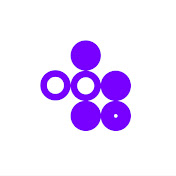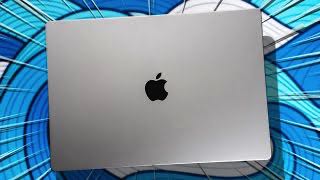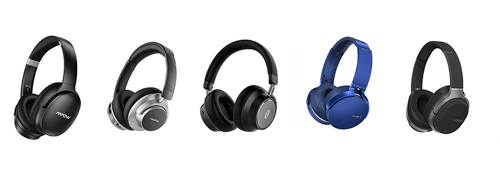4 min to read
MOST POWERFUL MacBook vs PC Laptop (RIP Windows?)
Original video published on Dec 20, 2023

The world of high-performance laptops has always been a battlefield, and in 2024, the competition is more intense than ever. In this detailed review, we compare the most powerful MacBook, the M3 Max MacBook Pro, with one of the top Windows laptops, the Lenovo Legion 9i.

Introduction: The Ultimate Showdown

The M3 Max MacBook Pro, Apple’s mightiest laptop, is pitted against the high-caliber Lenovo Legion 9i. This comparison is more than just about hardware; it’s a clash of ecosystems, architectures, and user experiences. With over 15 years of experience with both Mac and Windows machines, this review delves into real-life applications, performance metrics, and user-centric features.
Pricing and Technology

Price-wise, the Lenovo Legion 9i ranges from $3,500 to $4,000, while the 16-inch M3 Max MacBook Pro with 48 GPU cores is tagged at $4,000. However, their technological underpinnings are vastly different.

The MacBook’s ARM-based Apple Silicon contrasts sharply with the Legion’s x86 architecture. A key difference is how they manage memory, with the MacBook’s unified memory approach providing more efficient RAM usage compared to the Legion’s separate system and GPU memory.
CPU Performance


In terms of CPU prowess, the MacBook’s 16-core M3 Max slightly outperforms the Intel I9 13980 HX of the Legion in both multi-core and single-core tasks.


Notably, the M3 Max achieves this with significantly lower power consumption, exemplifying Apple’s focus on efficiency.
Creative Workflows

In creative applications, especially within the Adobe suite, the MacBook generally leads, benefiting from its unified memory system. The performance in After Effects is particularly impressive on the M3 Max due to its high RAM accessibility.
Video Editing

Surprisingly, both laptops perform similarly in video editing tasks, including scrubbing, playback, and rendering in various codecs. This parity is a testament to the significant improvements in Apple’s hardware, closing gaps in traditionally Windows-dominated areas.
3D Workflows and Gaming

In 3D applications like Blender, the Legion maintains a clear lead, though the gap has narrowed compared to previous generations.

The introduction of hardware-accelerated ray tracing on Apple silicon is a significant advancement.


Gaming performance is closer than ever, especially in titles optimized for both platforms, though the Legion still holds an edge in the gaming experience.
Fan Noise, Heat, and Efficiency


The MacBook Pro stands out for its quieter operation and cooler running temperature, attributed to its efficient design. This efficiency doesn’t just reduce fan noise and heat but also contributes to better battery performance.
Performance on Battery

The MacBook’s efficiency shines in battery mode, maintaining performance without significant drops. In contrast, the Legion experiences a noticeable performance decline when unplugged, underscoring the MacBook’s superior power management.
Conclusion: A Shift in the Landscape

The advancements in the M3 Max MacBook Pro, especially in areas like 3D rendering and gaming, are commendable. Apple’s focus on efficiency, combined with significant performance gains, makes the MacBook a more compelling option than ever. The coming years will likely see further narrowing of the performance gap, making the choice between Mac and Windows laptops more about user preference and ecosystem integration than ever before.





Comments